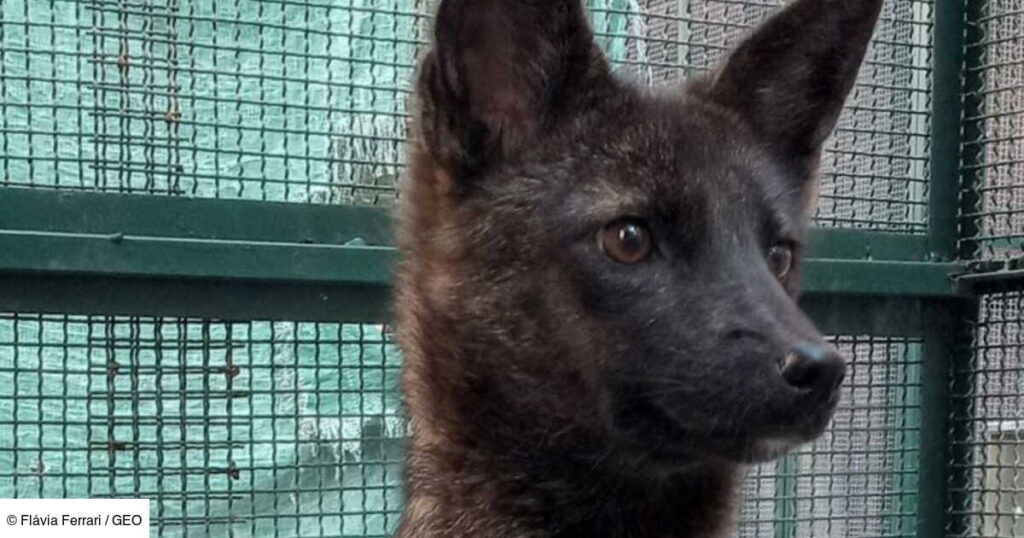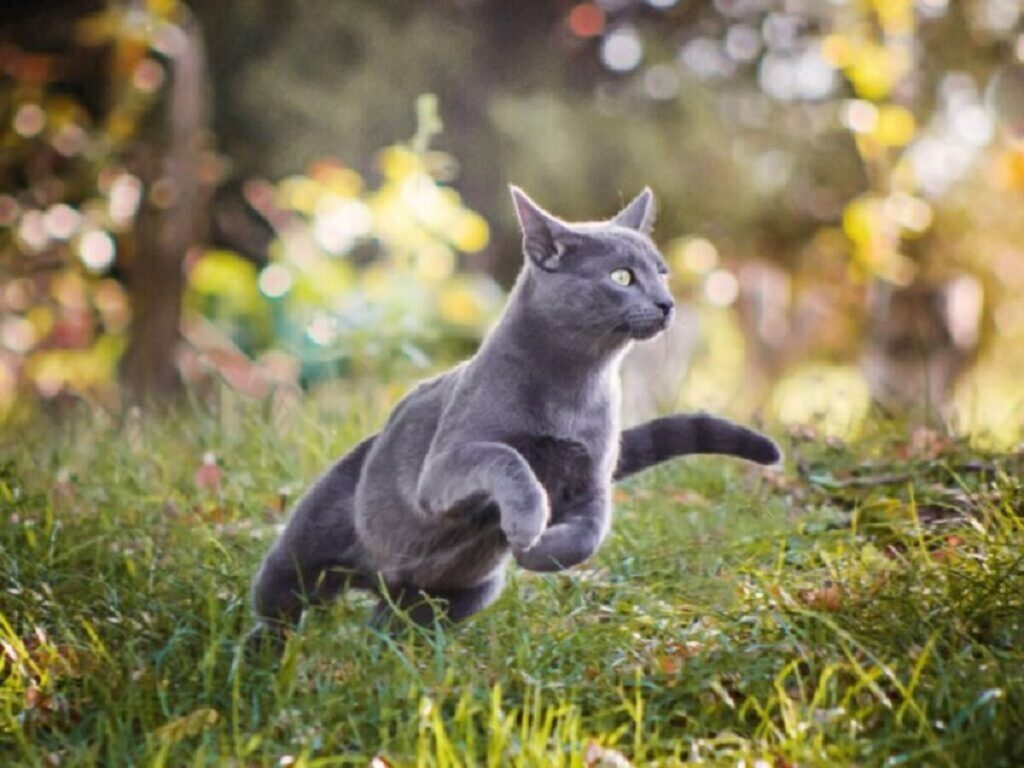In an extraordinary discovery, researchers in Brazil stumbled upon a rare hybrid species that combines attributes of both dogs and foxes. First detected in 2021, this finding raises essential questions about animal hybridization, the blending of wild and domesticated species, and the potential ecological ramifications.
A Fortuitous Discovery
The hybrid, dubbed the dogxim, came to light after it was accidentally struck by a vehicle in the Pampas region. The injured female was taken to a local vet for treatment, where genetic testing revealed a stunning outcome: this creature was a mixture of a fox and a domestic dog. This unprecedented crossbreed has captivated scientists, as such hybrids have never been formally recorded before.
The Dogxim: A Fusion of Traits
Physically, the dogxim embodies a unique merger of its parental traits. It possesses the pointed ears typically seen in foxes, alongside a thick, coarse coat and a long, slender snout. Despite its fox-like appearance, the hybrid also exhibited several dog-like behaviors, including barking, playing with toys, and interacting enthusiastically with humans. Conversely, it exhibited fox-like traits, such as a reserved demeanor and a diet consisting exclusively of live rodents, aligning with its wild lineage.
An Enigmatic Existence
The dog’s early demise just months after its discovery has hindered researchers from gaining a comprehensive understanding of its biology. One lingering question concerns its fertility, as scientists could not conduct the necessary studies due to the animal’s short lifespan. However, genetic assessments showed the dogxim possessed 76 chromosomes—a midway point between the 74 chromosomes of a fox and the 78 of a domestic dog. This could suggest potential reproductive capabilities, though tragically truncated.
Ecological Implications of Hybridization
The emergence of the dogxim has ignited concerns among environmental scientists regarding the broader consequences of hybridization between wild and domesticated animals. Dr. Jacqueline Boyd, an animal sciences expert from Nottingham Trent University, notes that the rise of such hybrids likely mirrors an uptick in interactions between wild fauna and those in human-dominated regions. As urban development encroaches upon natural habitats, these encounters could facilitate disease transmission and heighten risks for species like the Pampas fox.
Moreover, the hybridization of species such as foxes and dogs raises significant ecological concerns. Although the Pampas fox is not endangered, the intermingling of genetic lineages may pose unexpected challenges, impacting both the affected species and the ecosystems they inhabit.
The Future of Animal Hybridization
The story of the dogxim transcends the tale of a singular rare animal—it’s a powerful reminder of the complexities tied to wildlife conservation and the repercussions of human activity on natural ecosystems. As more hybrids are identified, researchers will delve into their evolution, implications for biodiversity, and their roles in the intricate dynamics between wild and domesticated animals.
While the exact origins and future of the dogxim remain elusive, its discovery marks a significant chapter in the realm of animal science. It highlights the adaptability inherent in life, as well as the evolving relationships between humans, wildlife, and the environments we share. Although the dogxim emerged as an unexpected phenomenon, its existence is a testament to the resilience and complexity of the natural world.







